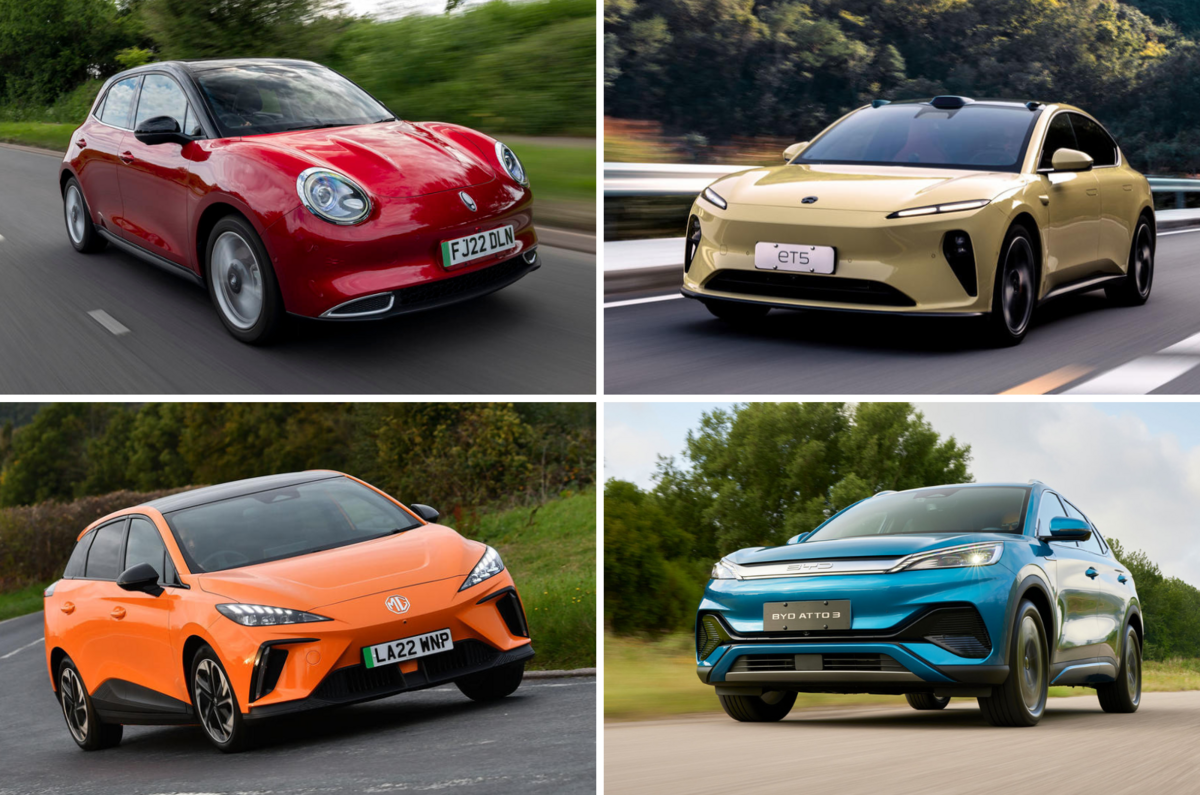Cars in China are almost obscenely cheap; the same model over here costs up to double as much for the same specification.
Almost two-thirds of Chinese automotive exports to the UK are electric cars, and despite their well-known price premium over ICE cars, the same EVs are being sold in China at prices below that of petrol and diesel models here.




Add your comment